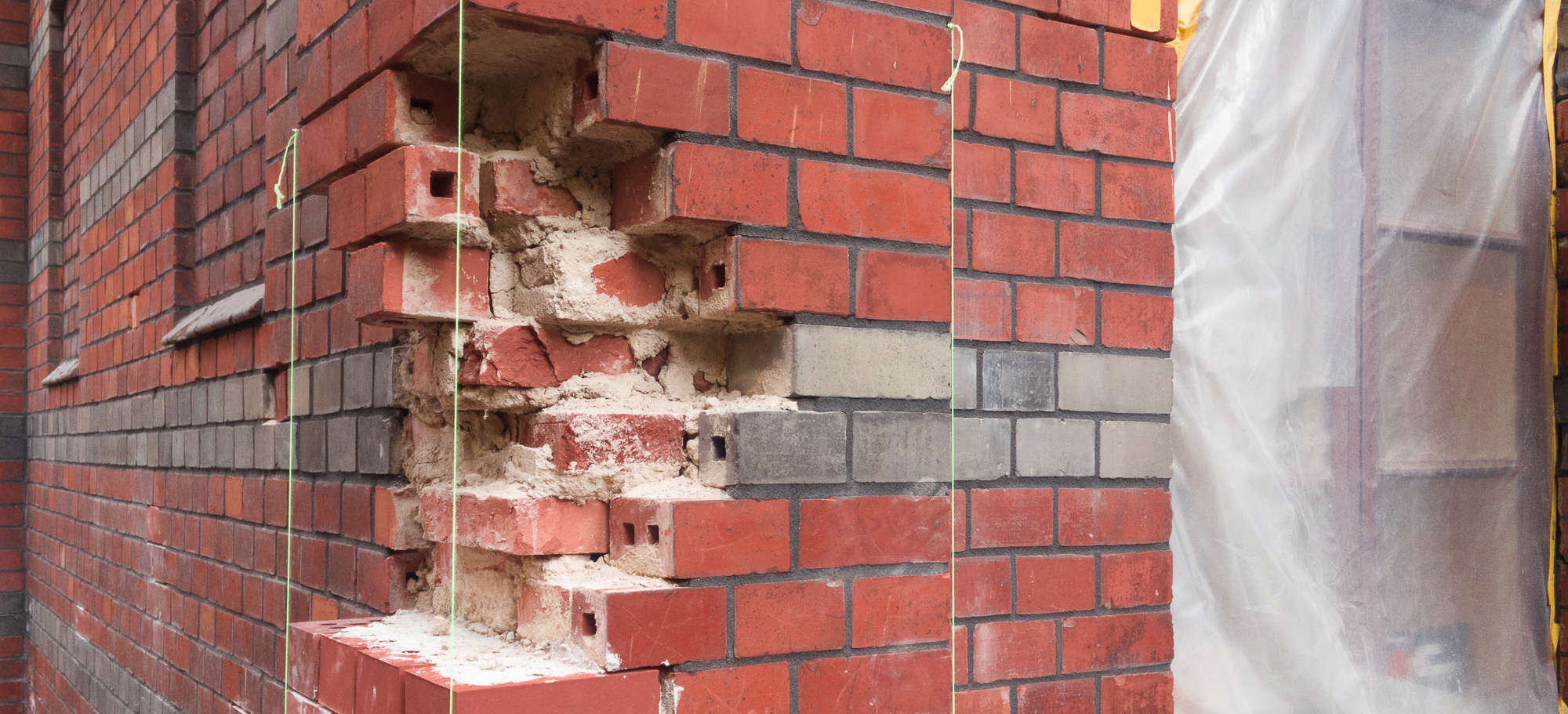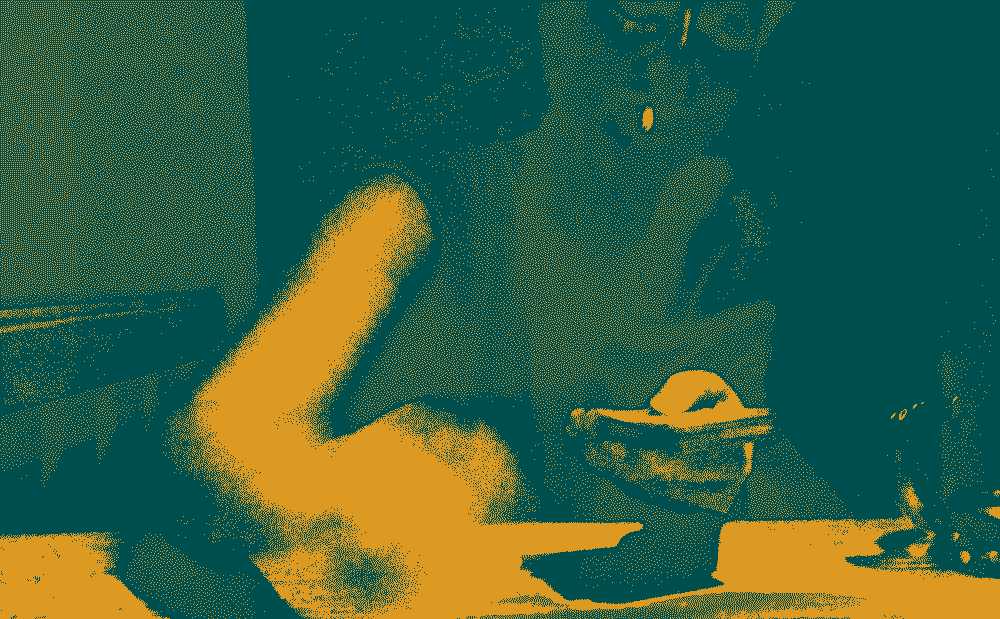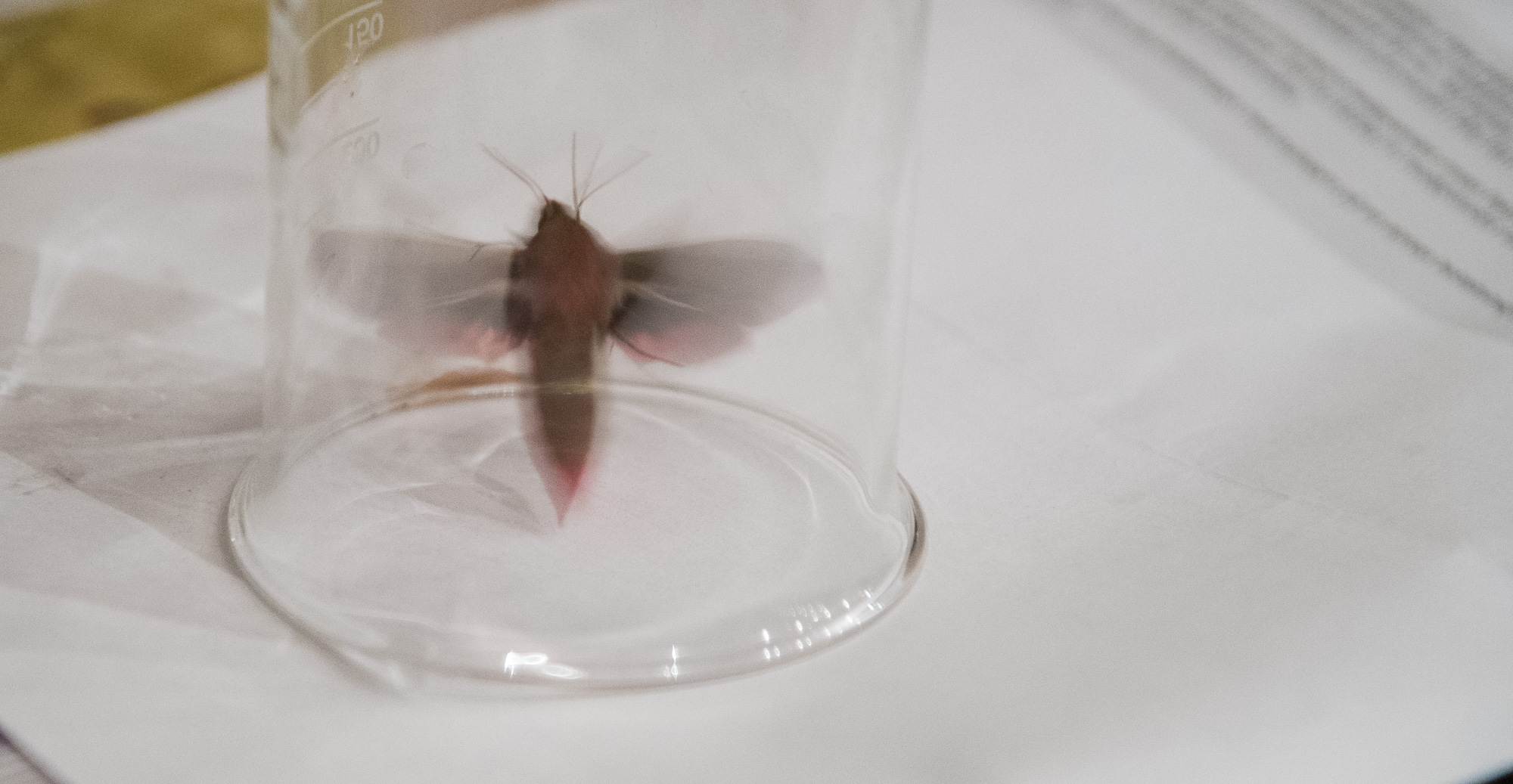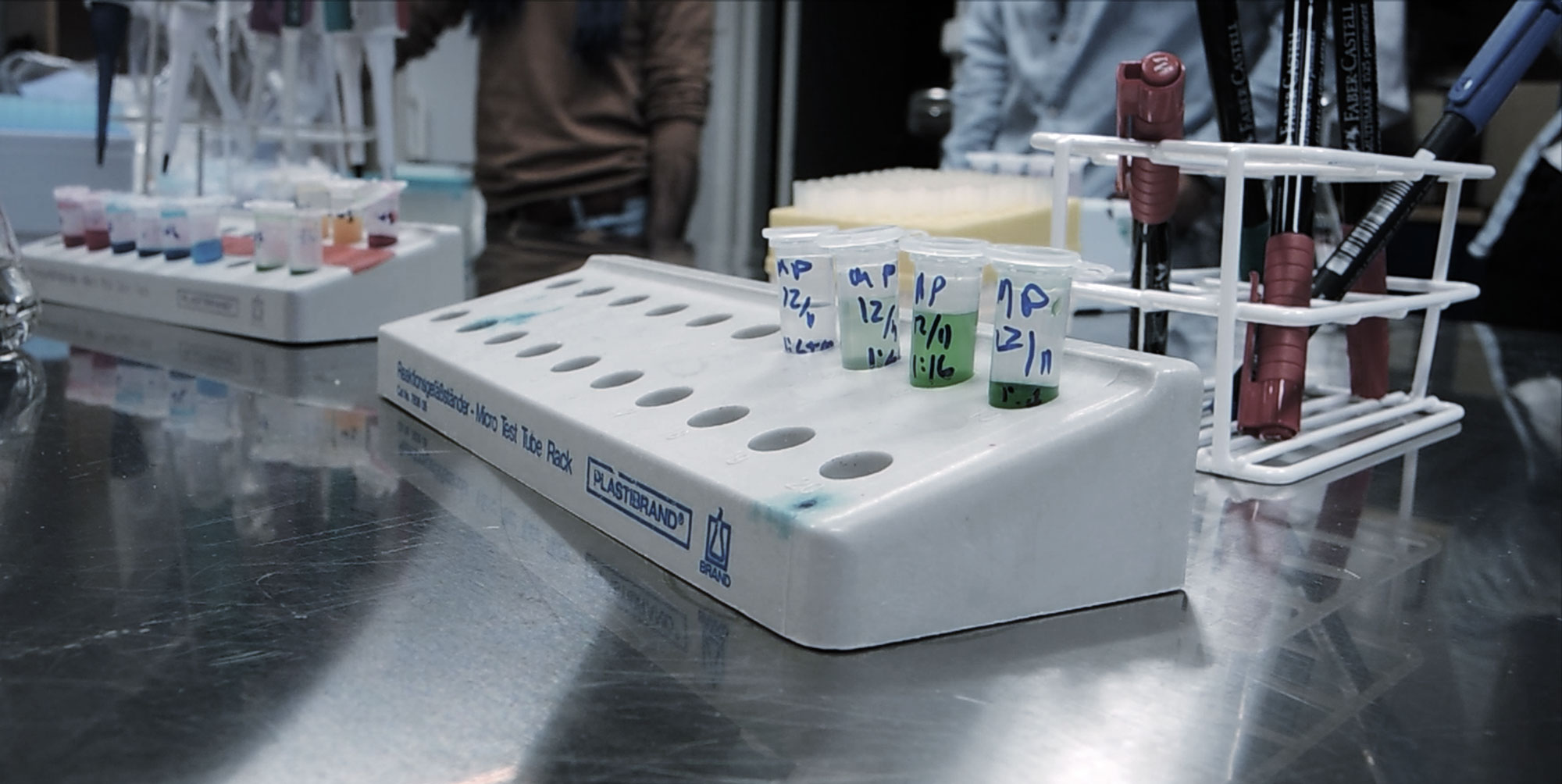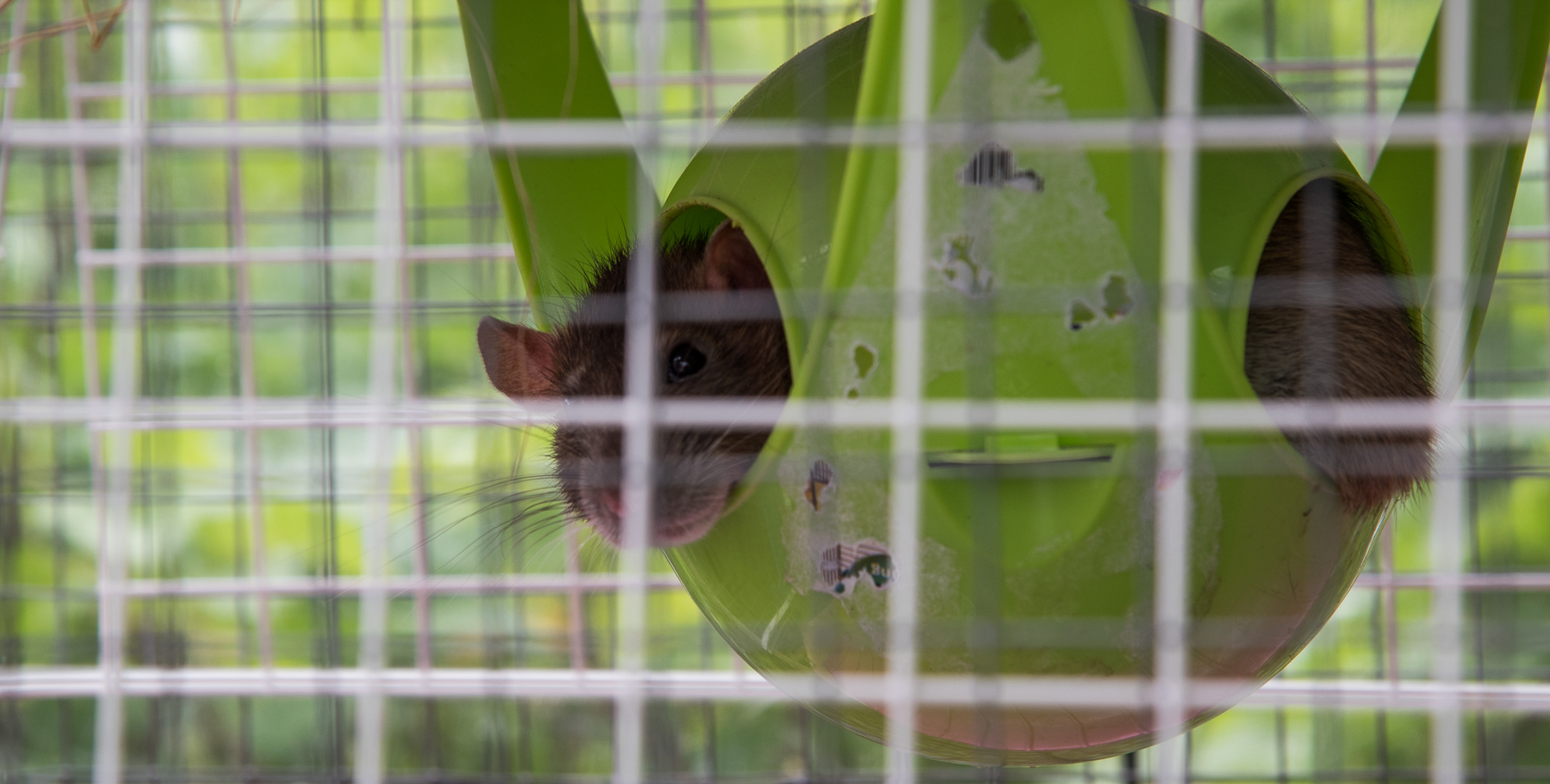The past two years I’ve been trying to read up on synthetic biology. Back when podcasts was a niche and geeky thing I was listening to Changesurfer Radio, which is a transhumanist radioshow which focuses on issues surrounding bioethics and human improvement, and the host Dr J often brought in interesting people to interview and generally gave a broad view of the state of art biotech and its implications. Recently though, and especially since the advent of CRISPR cas9, biohacking has received a lot more attention and seems on the verge of blooming into the next 3D-printer type geeky endeavour.
Since I’m studying alongside work I get access to all kinds of fun databases, but even without university access there is a ton of material available for lay folk who’d like to keep up. O’Reilly has the BioCoder quarterly and recently published the book BioBuilder which I’m going through at the moment – and even though I’m nowhere near being able to synthesize genes, I’m on my way to building my own PCR machine and at least potentially dabble in genetic manipulation.
Right now, I’m mostly trying to learn to analyse biological things. Which means playing around with the microscope, staining things and doing sections – basically following the outlines in Illustrated Guide to Home Biology Experiments in my own meandering way. What I’m lacking is a clear goal beyond just learning things and following instructions – I guess an idea will pop into my tiny head sooner or later, but without a clear goal everything becomes a gimmick or toy. There aren’t that many biohackers in Gothenburg that I know of, but having a group of people all learning and experimenting together would be swell.
Apart from the practicalities, with synthetic biology looming as a real DIY possibility sooner rather than later, questions of ethics become important. As opposed to autonomous killer robots – where it’s mostly governments which have access to the technology and make decisions on the ethics – biological systems are self-replicating and potentially have reprecussions which scale exponentially, so whatever discussions we’re to have about ethics ought to start now before someone inadvertently or misguidedly creates an invasive species or kills all crops…

Genetic information is some powerful stuff: It can countermand information that’s been passed down through a family, provide a clue to lost relatives, and even offer unexpected insights into one’s origins. But did you ever think that genetic information could be used as an access control? Stumbling around GitHub, I came across this bit of code: Genetic Access Control. Now, budding young racist coders can check out your 23andMe page before they allow you into their website!
→ SD Times Blog, Alex Handy: Using DNA for access control
Across the country, no two community biolabs are alike, and neither are their members. “It’s a real eclectic mix of people,” says Tom Burkett, founder of a brand-new community lab in downtown Baltimore that has already attracted molecular biology graduate students, artists, computer scientists, retirees, and more. “There are a lot of people who are really interested in biotechnology for lots of different reasons, but it wasn’t previously accessible to them.”
→ The Scientist, Megan Scudellari: Biology Hacklabs
Obviously, as Richard Dawkins stressed, there is a difference between suggesting that a fetus ought to be aborted and saying of a child that it ought never to have been born. The latter would be downright vile. Dawkins’ point was this. Systematically deselecting new people with Down’s syndrome shouldn’t concern those already among us. We should be allowed to discuss this possibility without offending anyone. My concern, though, is that this distinction might not be as sharp as Dawkins imagines. Is it possible for someone to contemplate a screening program where the consequence (if not objective) is that these children are no longer born without showing a degrading attitude towards such children?
→ Orienteringsforsøk, Vidar Halgunset: Slow corruption

At age sixteen he fell in with a gang of pickpockets with a particular hustle called “dummy chucking”—street slang for feigning a fit. Clegg had found his calling. Soon, he was traveling the English countryside, chucking dummies while an accomplice picked the pockets of curious onlookers. He chucked dummies in churches and at funerals; arrested, he “chucked a beautiful dummy” in court and was released. Later, convicted of a stabbing and destined for solitary confinement at Milbank, he chucked a dummy and was transferred to the more pleasant airs of Chatham. He chucked again and was sent to Woking, then Dartmoor, Parkhurst, all along the way chucking himself into lighter labor and more benign treatments, until he landed a daily prescription of a pint of porter “to keep up his strength.”
→ Laphams quarterly, Daniel Mason: Rogue Wounds
In my view, the main reason for the uneven management sex ratio is our inability to discern between confidence and competence. That is, because we (people in general) commonly misinterpret displays of confidence as a sign of competence, we are fooled into believing that men are better leaders than women. In other words, when it comes to leadership, the only advantage that men have over women (e.g., from Argentina to Norway and the USA to Japan) is the fact that manifestations of hubris — often masked as charisma or charm — are commonly mistaken for leadership potential, and that these occur much more frequently in men than in women.
→ A.V. Club, Tomas Chamorro-Premuzic: Why Do So Many Incompetent Men Become Leaders?
“If someone was uploading animal abuse, a lot of the time it was the person who did it. He was proud of that,” Rob says. “And seeing it from the eyes of someone who was proud to do the fucked-up thing, rather than news reporting on the fucked-up thing—it just hurts you so much harder, for some reason. It just gives you a much darker view of humanity.”
→ Wired, Adrian Chen: The Laborers Who Keep Dick Pics and Beheadings Out of Your Facebook Feed
Today, despite his hospital treatment, Jean Paul still bleeds when he walks. Like many victims, the wounds are such that he’s supposed to restrict his diet to soft foods such as bananas, which are expensive, and Jean Paul can only afford maize and millet. His brother keeps asking what’s wrong with him. “I don’t want to tell him,” says Jean Paul. “I fear he will say: ‘Now, my brother is not a man.'”
The Observer, Will Store: The rape of men: the darkest secret of war

